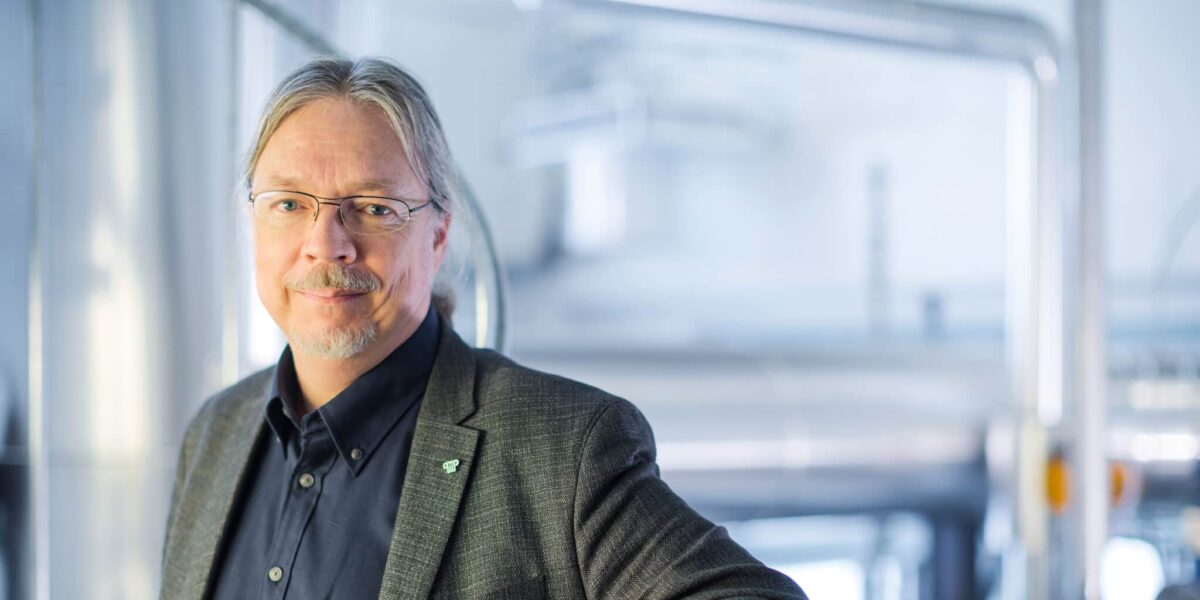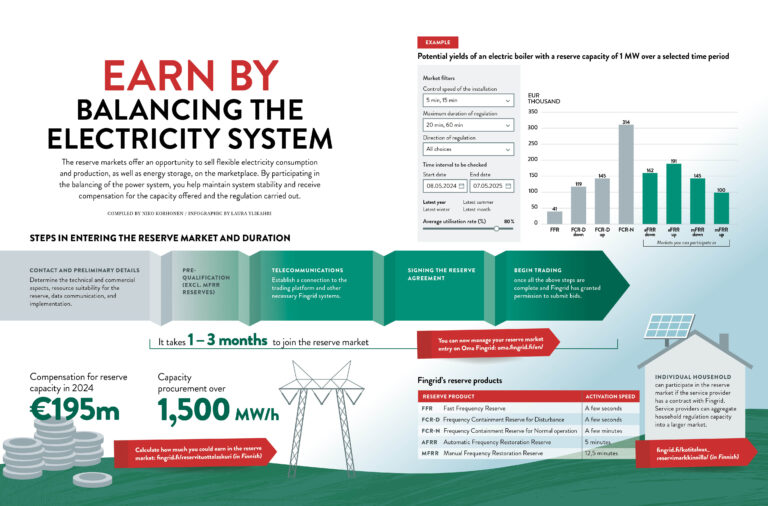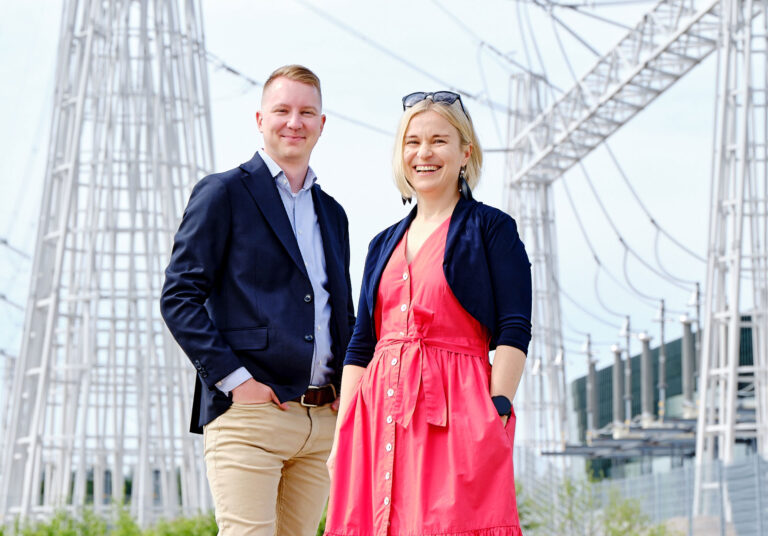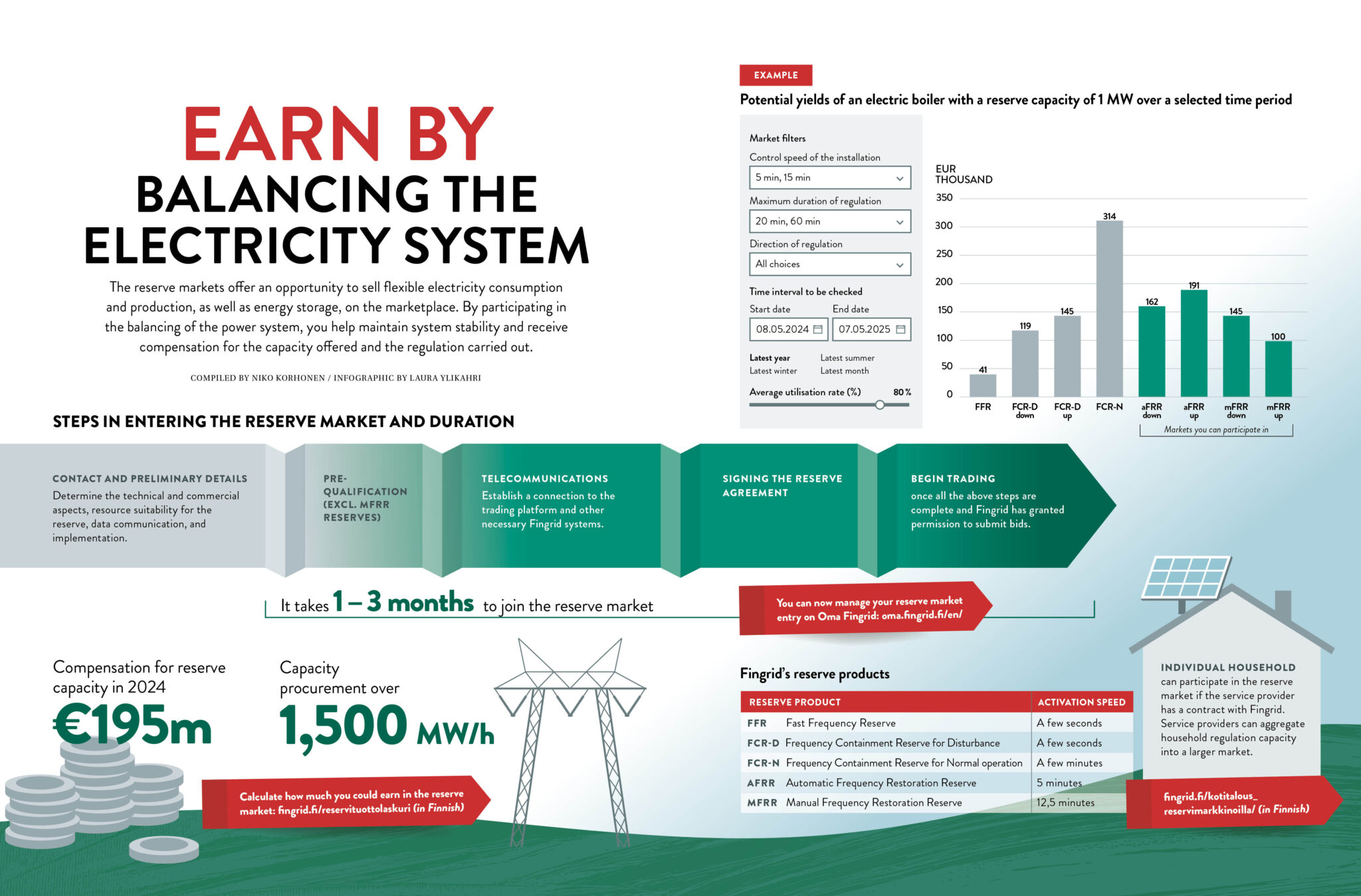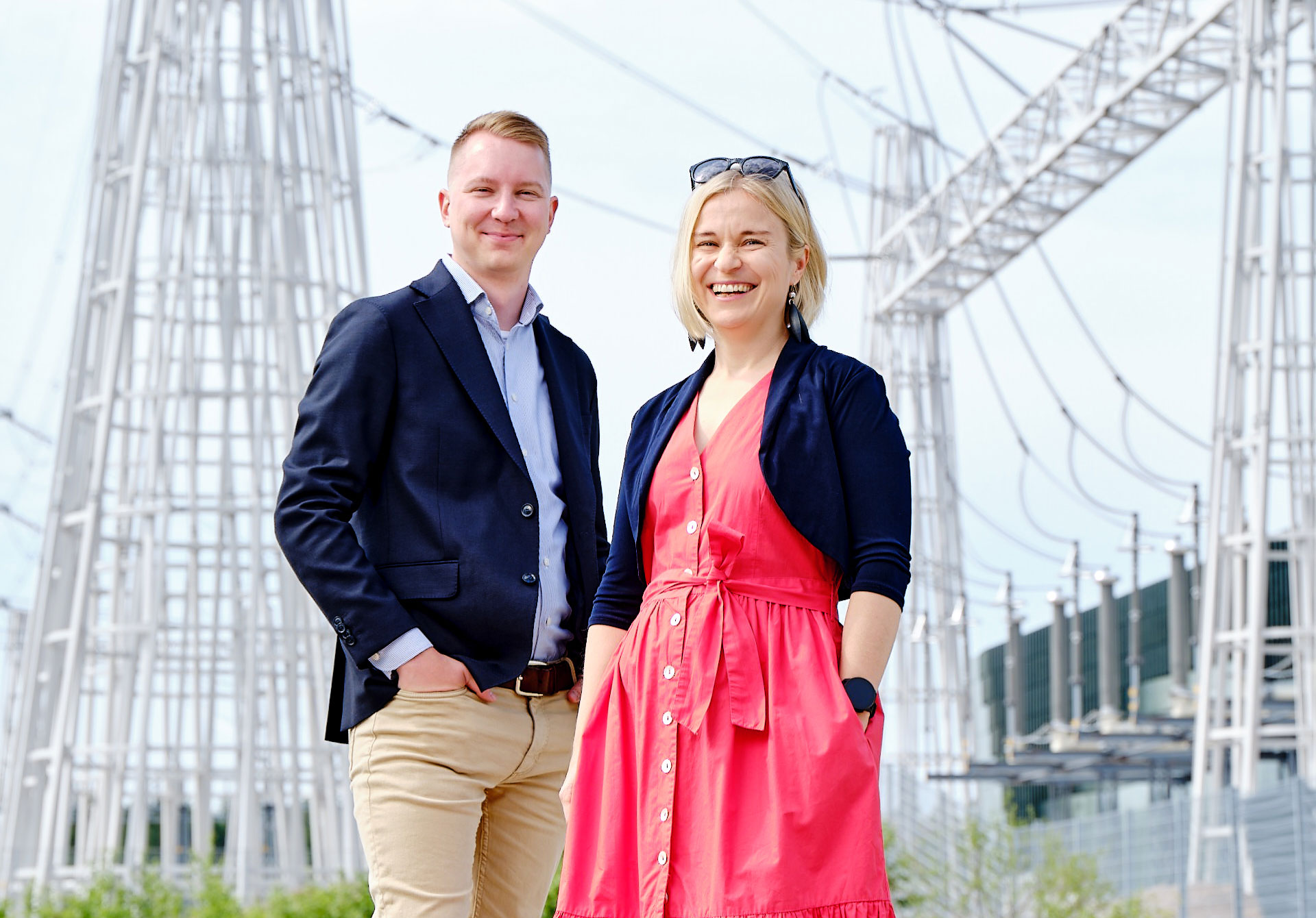What is a microreactor, and how does it work?
A microreactor is a power plant containing a nuclear reactor with a thermal power of 15-1,500 megawatts. They can be used to generate electricity or heat or to power ships.
Microreactors work in the same way as larger nuclear power plants, and their fuel is based on uranium. A chain reaction inside the nuclear power plant causes uranium atoms to split. The nuclear energy released by this fission is eventually converted into heat. The heat can be sold directly or converted into electricity.
Where can microreactors be built?
Anywhere, as long as there are small industrial plots. Our microreactor will be built somewhere in Lappeenranta because it will be connected to the city’s district heating network.
What is the aim of the reactor jointly designed by LUT and its US partner?
The main idea behind our research project is to test a new type of nuclear power as part of a future energy system.
We are studying the potential applications for a microreactor that produces 15-30 megawatts of heat. We are also paving the way for naturally safe plants that can be placed in urban environments.
The above-ground parts take up as much space as a large garage, and the gas-cooled reactor is underground.
A similar power plant is due to start up in Canada in 2026, and ours will come online in 2029.
Could microreactors become a new export product for Finland?
Absolutely. Lots of different microreactor projects are underway. Our approach is to procure import technology for Lappeenranta, and Finnish operators can also get involved, for example, with equipment deliveries for the turbine plant.
These reactors could be sold in enormous numbers in Finland and elsewhere in Europe. We burn fossil fuels to generate approximately 1,500 megawatts of district heating. If we want to replace natural gas, coal and peat, we will need 50 reactors, each outputting 30 megawatts.

